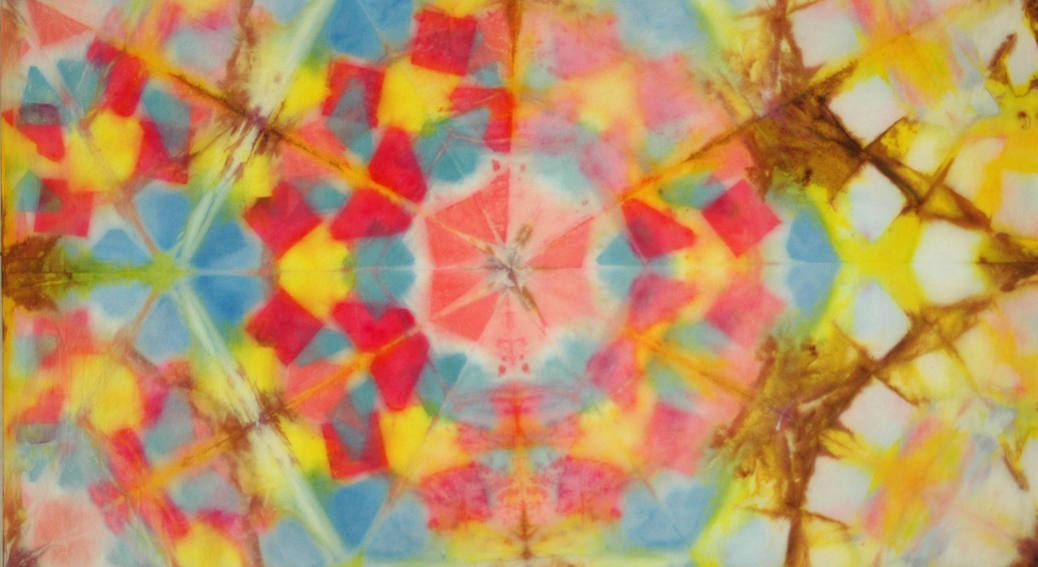This is a simple and fun way to fold paper or fabric to create a six sided shape suitable for dyeing a kaleidoscope using the pieced paper technique taught by Marjie McWilliams in her Quilt University Shibori II class. Folding wet fabric can be difficult to say the least, so practice with paper first until you are comfortable with the folding technique. To make the job easier, make sure you press the folds down hard – the back of a fingernail works well.
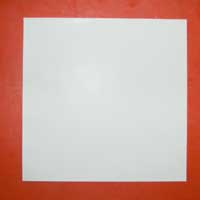
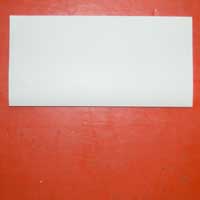
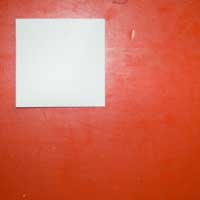
Now you have your center point you can unfold the last (Step 3) fold. At this stage for super accuracy you can measure off 30 degree increments or carefully fold by eye the next two folds:
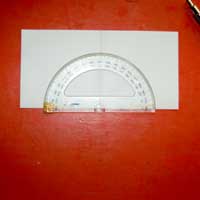
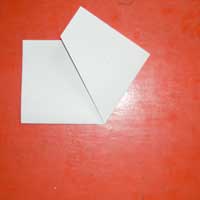
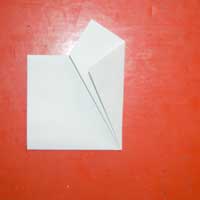
At this stage you can flip the project over and repeat steps 5 and 6 on the other side. There is no need to mark the fold lines as you can use the folds you have already made to line up on.
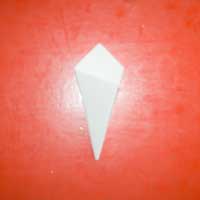
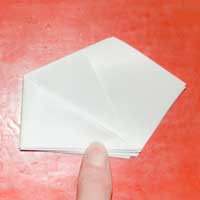
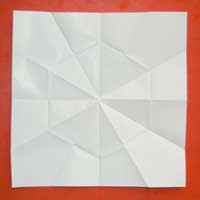
At this stage you can stop if you wish, or continue to repeat the hexagon folds for the rest of your paper or fabric.

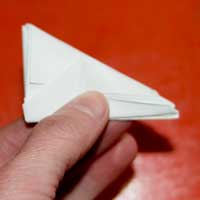
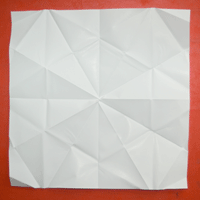
The paper master is an almost indispensable aid when folding and applying the dye to the fabric. You can make notes on it as joggers for patterns and paper placement – highly recommended when overlapping pieces as you can’t always tell from the dye coming through from the other side which order the shapes should be in.
The easiest way to apply the paper pieces is with the fabric folded to STEP 7 and simply turn the folds like the pages of a book to place the pattern pieces. Remember to confine your pattern to the inner triangle if you want the true kaleidoscope effect. To make the pattern stronger on the outer part-hexagons, you can carefully mirror the inner pattern on the other side of the STEP 8 fold line.
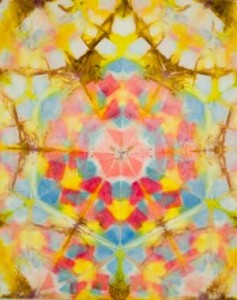
For practice, you could draft your pattern in pencil or felt pen on the inner triangle of a paper master and carefully transfer it to the other segments using a light box or window.
This fabric piece was done for Marjie Mcwilliam’s Shibori II class at Quilt University. It only used 4 sets of shapes for each colour – I should have used at least 6. There were a few other tricks used in the dyeing process and the best place to learn them is to take Marjie’s class – they really are a lot of fun!!!
